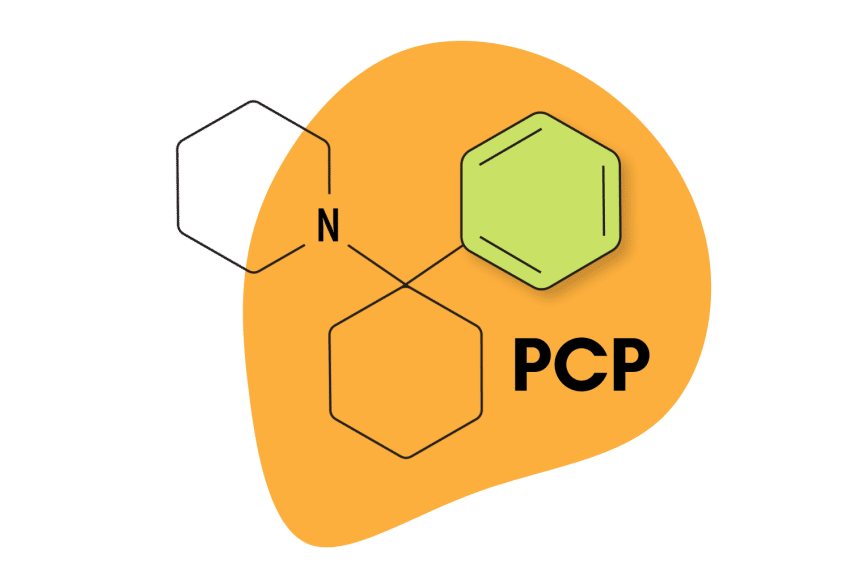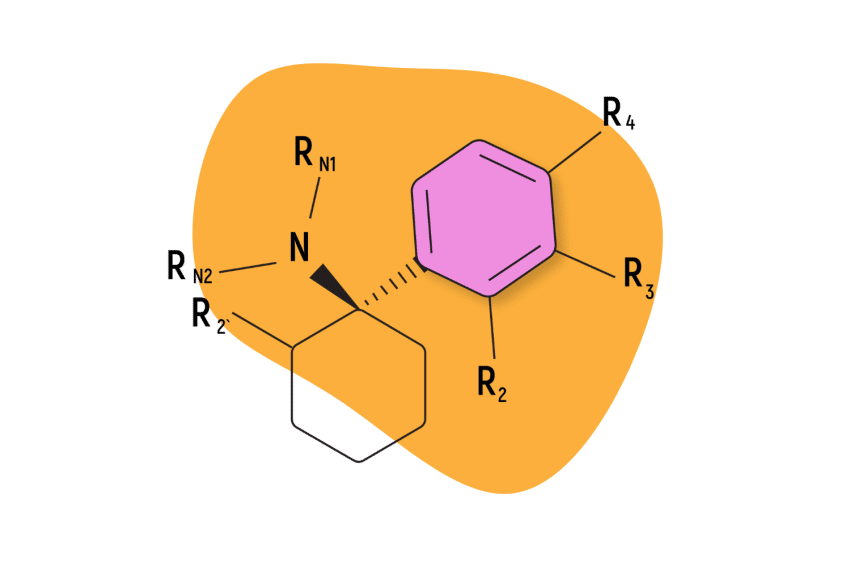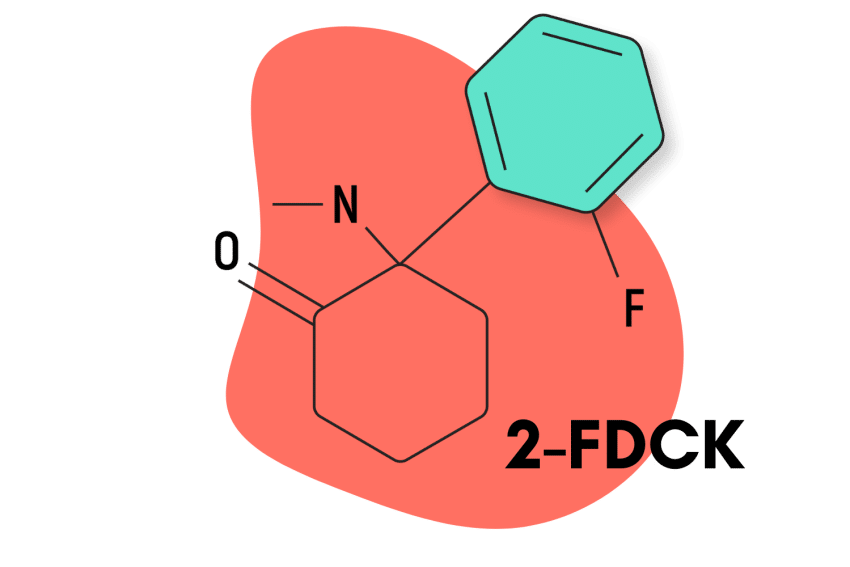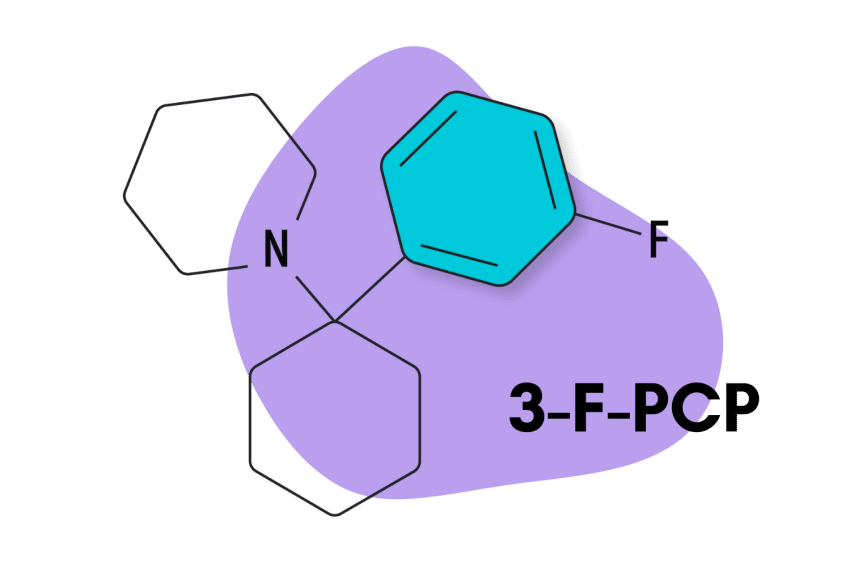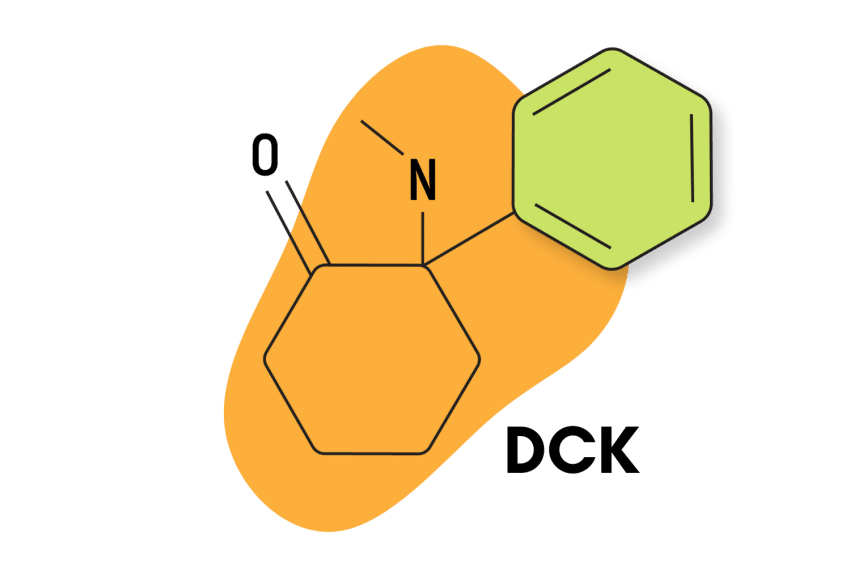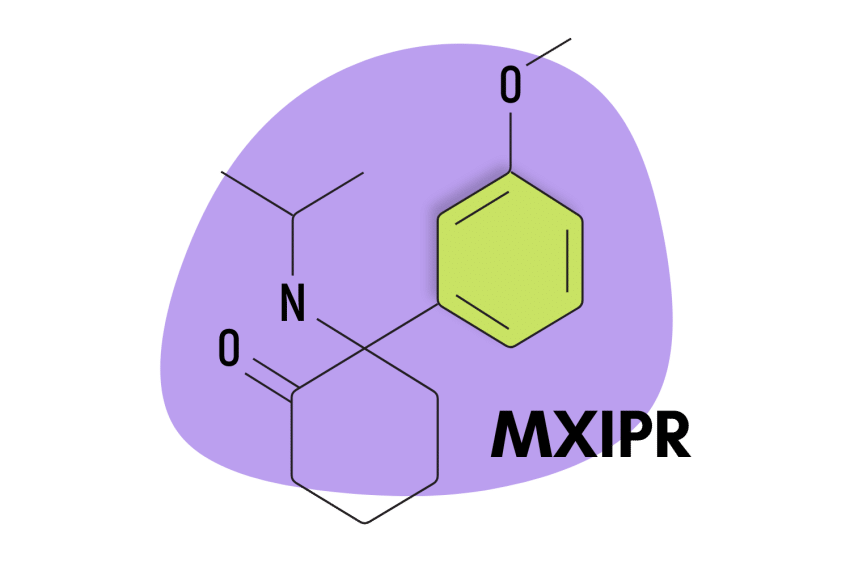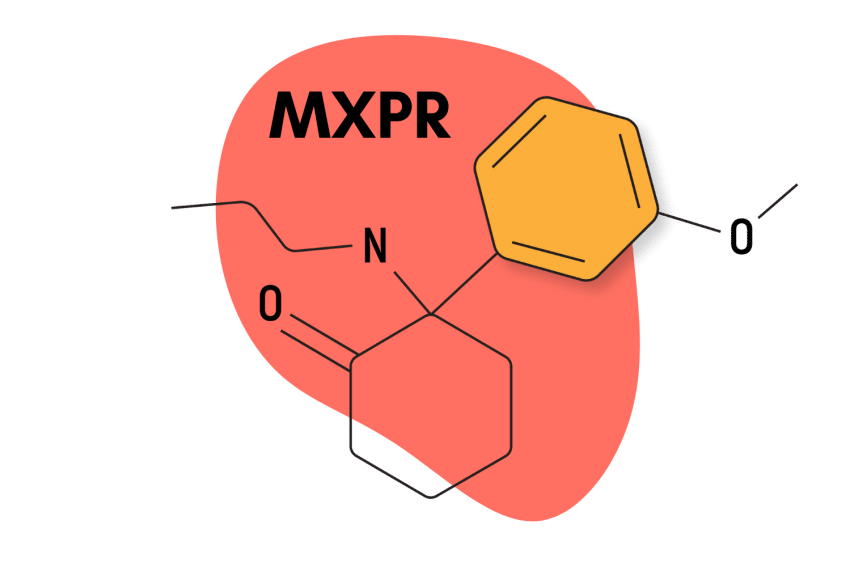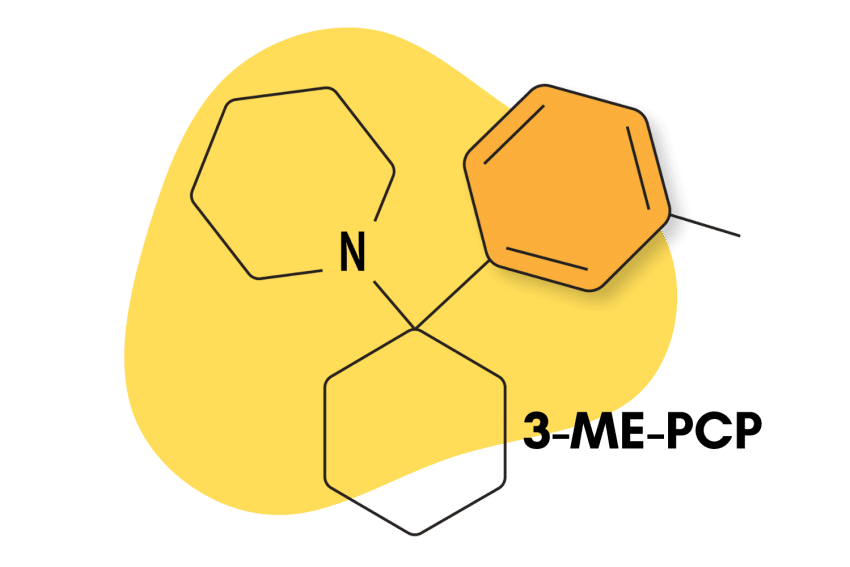3-Cl-PCP: Analyzing This Rare Dissociative Psychedelic
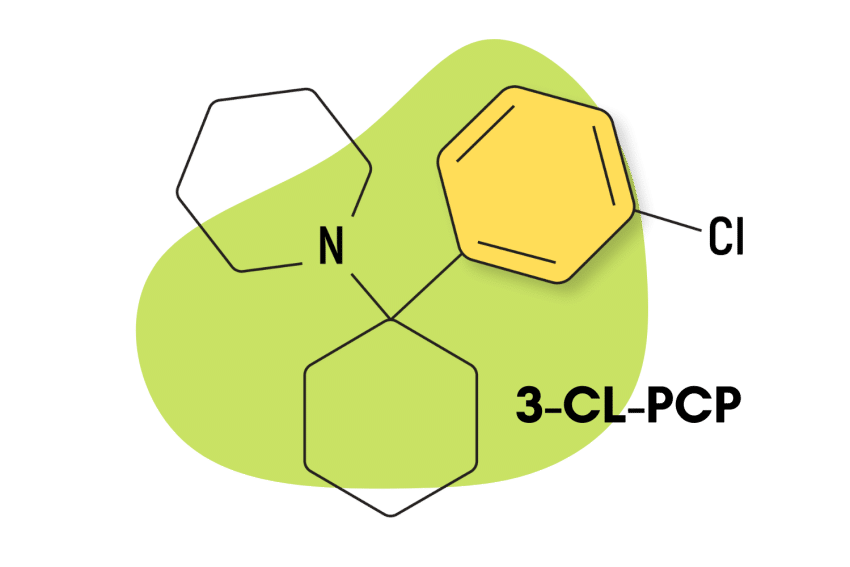
What is 3′-Cl-PCP (3-Chlorophencyclidine)?
It is thought that 3′-Cl-PCP was first synthesized in 2020 as it was marketed alongside other novel dissociatives that were produced at roughly the same time, such as 3-F-PCP and DMXE.
With the substitution of a chloro group, 3′-Cl-PCP is a functional analog of PCP (substituted arylcyclohexylamines). As such, 3′-Cl-PCP is reported as having a similar potency to PCP but with a slightly different effect profile. Slight differences, but the overall pharmacological similarity is usually the case with analogs.
3′-Cl-PCP is almost exclusively used as a recreational compound within the designer drug community. There are no approved medical uses for this compound, and it’s never been tested in a clinical setting.
3′-Cl-PCP (3-Chlorophencyclidine) Specs
| Chemical Name | 3-Chloro-PCP |
| Level of Risk | Moderate to High |
| Most Common Side Effects | Psychosis, Seizures, Anxiety, Paranoia, Agitation, Confusion. Increased heart rate and blood pressure, Palpitations, Chest pain, and Difficulty breathing. |
| Duration of Effects | Four to eight hours (estimated) |
| Estimated Threshold Dose | Unknown |
| Common Dose | Unknown |
| Legality/Status | Research Chemical |
| PubChem ID: | 125502037 |
| CAS# | 2201-32-3 |
Tripsitter Safe 3′-Cl-PCP Guidelines
- 🐍 I understand why arylcyclohexylamines should be treated with respect
- ⚖️ I’m familiar with the laws for arylcyclohexylamine class in my country & state
- 🍄 I’m familiar with and confident in the dose I’m taking
- 🧪 I’ve tested a sample of the substance I’m using with a drug-testing kit
- 💊 I’m not mixing any medications or other substances with 3′-Cl-PCP
- 🏔 I’m in a safe & comfortable environment with people I trust
- 🐺 One of the members of my group is responsible and sober (AKA a trip sitter)
- ⏳ I have nothing important scheduled for after the trip
- 🧠 I’m in a sound & healthy state of mind
- ❤️ I don’t have any underlying health issues — don’t take 3′-Cl-PCP if you have underlying heart, neurological, or psychiatric disorders
- 👭 Use the buddy system — 3′-Cl-PCP can remove your inhibition and allow you to make unsafe decisions, always stay with people you trust, and never go out alone
What Are The Effects of 3′-Cl-PCP (3-Chlorophencyclidine)?
User-generated information on forums like Bluelight offers a decent sample size of user experience with 3′-Cl-PCP. Scientific, peer-reviewed information would no doubt be preferable, but due to various factors surrounding designer drugs, it is rarely available.
However, we do have some information on 3′-Cl-PCP’s mechanism of action and how it differs from other, more popular arylcyclohexylamine dissociatives.
Like other compounds in its class, 3-Cl-PCP acts principally as an NMDA receptor antagonist. In comparison to PCP and other related analogs like 3-MeO-PCP, this compound acts more like an NMDA receptor antagonist while still being an equipotent dopamine reuptake inhibitor [1].
These types of differences usually manifest in a predictable fashion. For example, NDMA receptor action is closely linked with the presence of dissociative effects. As such, the increased NDMA action of 3′-Cl-PCP would imply more potent dissociative effects, but these types of relations aren’t always that straightforward. This is especially true for ‘dirty’ drugs as opposed to ‘clean’ ones. Dirty drugs are compounds that utilize a variety of mechanisms of action.
Here are the effects users have associated with 3′-Cl-PCP use [2]:
- Physical effects — Stimulation & Sedation, Restless legs, Spontaneous bodily sensations, Perception of bodily lightness, Physical euphoria (rare), Tactile enhancement and tactile suppression (at higher doses), Pain relief, Motor control loss, Changes in felt gravity, Spatial disorientation (only prominent at high doses), Olfactory hallucinations, Optical sliding
- Visual effects — Visual acuity suppression, Double vision, Frame rate suppression, Pattern recognition suppression, Perspective distortions, scenery sliding, Internal hallucinations
- Cognitive effects — Anxiety suppression, Disinhibition, Cognitive euphoria, Compulsive redosing, Conceptual thinking, Immersion enhancement, Creativity enhancement, Déjà vu, Depersonalization & Derealization, Delusion, Memory suppression, Ego death, Amnesia, Increased music appreciation, Time distortion, Thought connectivity, Thought deceleration, Thought disorganization, Psychosis
References
- Catalani, V., Arillotta, D., Corkery, J. M., Guirguis, A., Vento, A., & Schifano, F. (2021). Identifying new/emerging psychoactive substances at the time of COVID-19; a web-based approach. Frontiers in psychiatry, 11, 632405.
- Olney, J. W., Labruyere, J., & Price, M. T. (1989). Pathological changes induced in cerebrocortical neurons by phencyclidine and related drugs. Science, 244(4910), 1360-1362.

